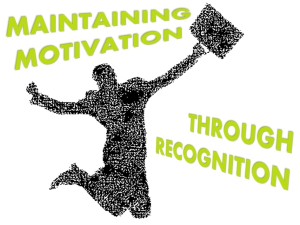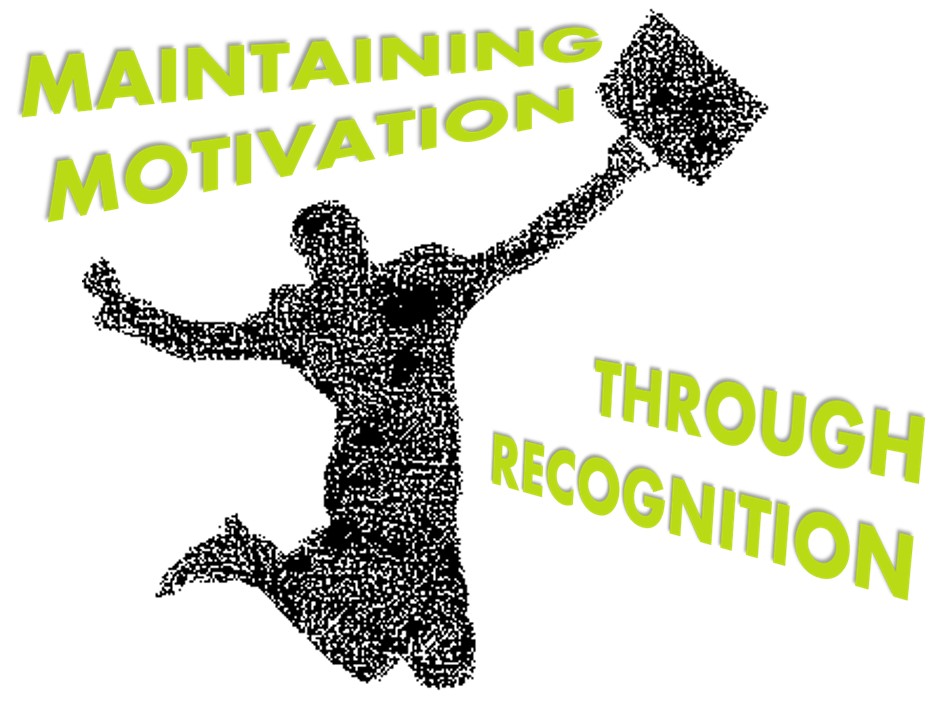 Motivation is an extremely valuable characteristic of countless successful organisations.
Motivation is an extremely valuable characteristic of countless successful organisations.
It’s also all too easy to lose.
When leading any team, appropriate recognition is critical to keep team members engaged and to strive to always be their best.
Without this, the costs of a demotivated team can be enormous: failure to achieve goals, missed deadlines, poor decisions. The list could go on.
Imagine a highly demotivated team member trying to win your next prospective Customer…
Motivation of a team needs maintenance. If you don’t prevent a failure, you’re bound to have one.
So how do we maintain our high performing teams with a recognition system so we don’t have such a breakdown?
There are some simple rules to follow:
- Understand the individual – yes, all of them. Each person has their own wants, needs and aspiration. You need to truly understand where they think they are and where they want to head. A great way to do this is by building these questions into one-on-one employee meetings or performance assessments.
- Make sure achievements are measurable. It’s true – what is measured will improve. But, transparency is crucial. If measurements are vague, poorly understood or inconsistent, what will the ‘achievement’ really mean? It is essential to choose reliable information to build specific goals to then give recognition when those goals are met.
- Observe and record. Pay close attention to each ‘win’ and be ready to recognize individual efforts. Identify your top performers for each measurable goal you’ve chosen to reward. Keep these in line with your overall strategic plan, budget, etc. but basic enough so everyone understands.
- Match the reward to the achievement. It’s important to scale your rewards – better rewards for bigger accomplishments. If the same reward is given for minor and major successes alike, it can breed discontent and hurt motivation.
- Be spontaneous but timely. When rewards become too predictable or expected, they lose their effectiveness. But don’t wait too long either. “Remember two quarters ago when we reached our sales goal?”
- Be sincere. Ensure that the recognition you are giving is coming from a genuine place and comes across as so. Be specific with your praise as vague compliments come off as insincere. Make sure that the reward fits the person as well as the size of the achievement.
- Hold yourself accountable. As a leader, it’s your responsibility to keep your employees motivated and engaged. Put in the time to learn about each of them so that you know what incentives and rewards are most appropriate to them. Equally as important, you need to lead by example to ensure there is trust in YOU.
Can I scale this technique across departments or even different sites?
Of course you can and having consistency across your organisation is paramount. Expanding these steps need to be systematic with the leadership team and employees on the same page. Step 1, 2 and 4 become even more important and a written policy is certainly not out of the question to keep things clear.
Remember, the process of improving a recognition system is much like any other system,
- Understand your audience and know how they respond
- Tailor & communicate clear and understandable goals that are in line with your strategic plan, budget, etc.
- Get on with the job
- Provide meaningful rewards when those goals are met
- Celebrate success
- Raise the bar again
Preventing a breakdown in your team’s motivation is much simpler than trying to re-create what you once had, let alone trying to improve it.
How do you use recognition to maintain your team’s performance?
Leave a comment for our discussion forum. We’d like to hear your thoughts and experiences with motivational initiatives.


Comments 2
Pingback: TWO Consulting | Engagement Failure - The Productivity Killer | TWO Consulting | Continuous Improvement | Innovation | Management Consulting | Melbourne | Australia
Pingback: Gregory Smith